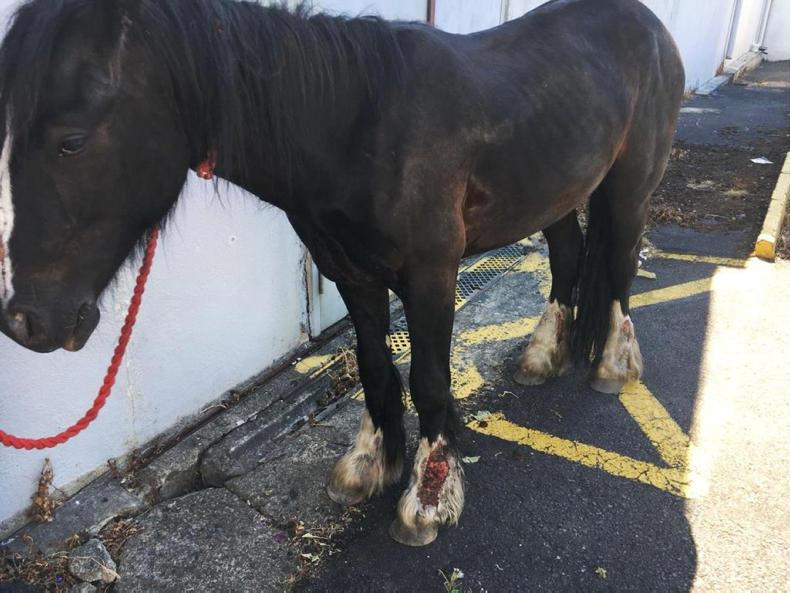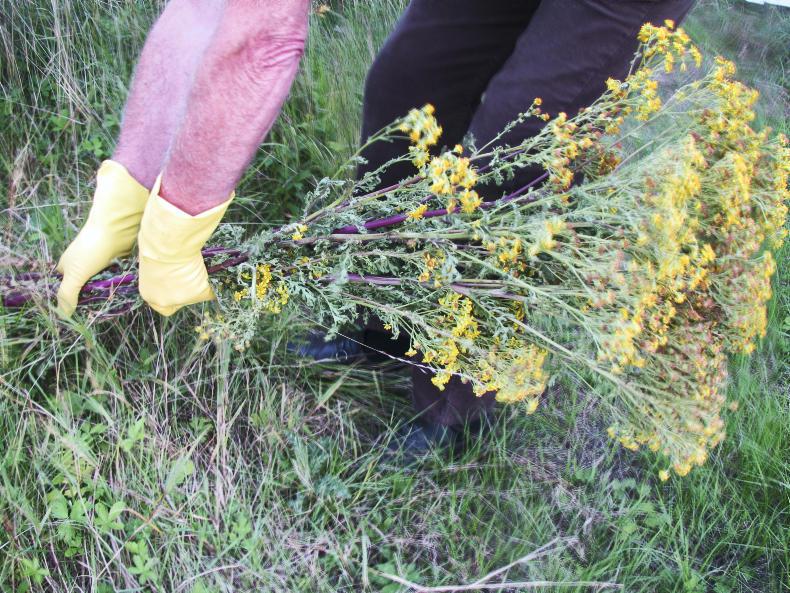SPRING is a good time to spray your horse paddocks for weed control.
Teagasc, the semi-state body responsible for research and education in agriculture, have produced a guide for horse owners on the chemical control of weeds.
The Teagasc team advises that all herbicides have labels with data on dose rates, dilution rates and timing of spray. It is important to read and follow the printed information to get optimum results.
For chemical control, at least three inches of new weed growth should be visible. Mild day and night temperatures are preferable. Use the recommended volume of water. Keep horses off the sprayed area for seven to 21 days. A follow-up spray may be needed the following spring or autumn.
The most common weeds affecting horses are ragwort, thistles and docks.
RAGWORT
No single herbicide treatment will completely eliminate ragwort due to successive germination of the weed. Autumn application must be done before frost damages the foliage.
Ragwort plants become more palatable after spraying and livestock must be kept off treated fields until all plants are dead.
The removal of stock from pastures during the peak grazing season is frequently impractical and in these circumstances spraying should be carried out during the winter.
SPEAR THISTLE
For effective chemical control thistles must be growing actively; spraying should be completed before the centre flowering stem develops (i.e., up to the end of June).
Although spear thistle remains reasonably susceptible even up to flowering, treatment at this late stage involves the use of more active forms of the herbicides and of higher application rates; and, the use of a wiper applicator is effective if the thistle population is uniform in size.
DOCKS
Spraying of docks should be done in warm weather, and if infestation is heavy, a second spraying may be required; spraying should be carried out when the first flower stalk is emerging during the period from May until the end of summer while docks are growing vigorously and not yet setting seed.
NEW SWARDS
If seed is sown in the autumn there should be fewer weeds compared to when sown in spring. It is important that new lays are sprayed for weeds to ensure that the grass has every chance to establish and grow.
The general rule is to spray four to six weeks after the grass has emerged or alternatively when grass is at the three-leaf stage.
Growing conditions must be good at the time of spraying to get a good weed kill. Following establishment, the grass should be grazed with sheep to encourage tillering and produce a dense bottom. The new pasture should not be cut for hay or silage in the first year
Web: teagasc. (search ‘equine’ and ‘publications’)


 This is a subscriber-only article
This is a subscriber-only article
 It looks like you're browsing in private mode
It looks like you're browsing in private mode










SHARING OPTIONS: